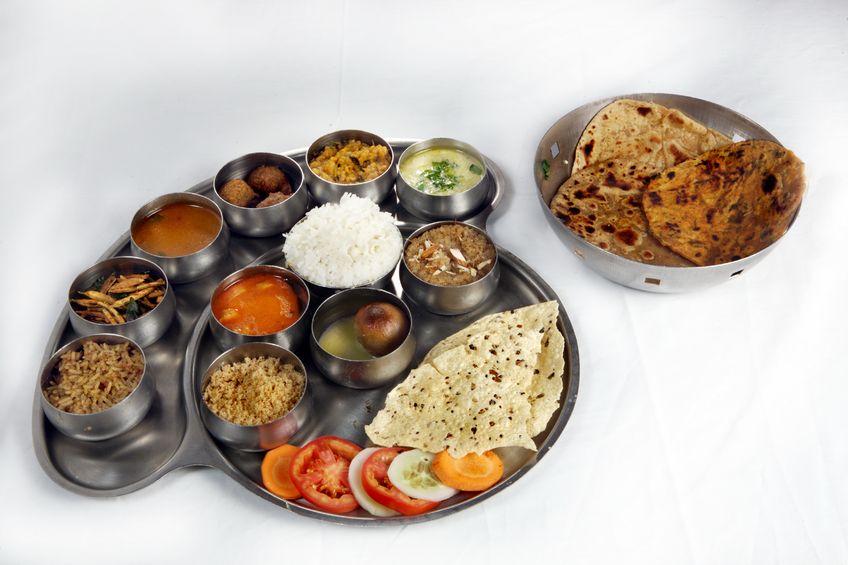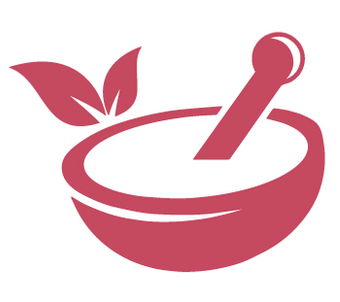Day 2: Health at the Tip of your Tongue!
Published on September 7th, 2018
We’ve all heard “you are what you eat” and how what you put into your body has some type of correlation to your health. Ayurveda takes this concept to a different level and gives food and the sense of taste a significant amount of importance, way more than we can imagine! For most of us, our understanding of food lies in deciding which fruit to add to our oatmeal or how to combine as many superfoods as possible in our morning smoothie.
Ayurveda aids us in realizing our individual relationship with food.
So that’s what we’re going to talk about today, FOOD!
But first, the basics. If you didn’t get a chance to read the basics of Ayurveda on Day 1, click here.
In Ayurveda, there are 6 tastes or Rasas.
As soon as we put food into our mouth, our tongue determines whether the food is sweet, sour, salty, bitter, pungent, or astringent. These tastes then signal a distinct feeling within us whether it’s that of pleasure, disgust or horror. The food we put into our mouth directly affects our mind and body.
So health literally does lie at the tip of our tongue! If the food tastes spoiled, we immediately spit it out and if it’s too spicy, we run for a cup of water. Each type of taste affects the three Doshas (Vata, Pitta, Kapha) in a different way and so Ayurveda advises that we eat a little bit of each of the 6 tastes with every meal – this wards off cravings, maintains nutritional balance, and prevents over consumption of any one type of food.
I guess this is where the concept of an Indian Thali originated? Don’t know what I’m talking about, here’s a pic! All 6 tastes are definitely covered on this plate!

Each of the 6 tastes play a role in our personal balance and each taste is made of the same five elements found in nature – earth, water, fire, air, space.
Each taste gives nourishment to different parts of the body whether it’s the blood, the cells and tissues, or the brain. Thus what we eat has a direct effect on each of the Doshas which is turn has an effect on our health.
Each taste also correlates to specific qualities.
For example, hot, heavy, sharp foods correlate to the Spicy/Pungent taste. These qualities are subtle and so they’re grouped together into the 6 tastes which we experience through our senses. (This might sound confusing?) But I’m going to try to clarify by breaking it down by taste, elements, and qualities in the diagram below. I’ve also included the effect each taste has on each Dosha – Vata (V), Pitta (P), and Kapha (K). If you don’t know your Dosha, take the Dosha Quiz to find out.

Based on the diagram above, we see that sweet foods increase Kapha (K) and so someone who is predominantly Kapha should limit their intake of sweet foods. In the same way, if my Prakriti is Kapha (K) but my Vikriti is Vata (V), I should increase my intake of sweet foods to bring myself back to my original constitution.
This is how Ayurveda uses food as medicine to maintain health and balance.
Now, we may be familiar with the sweet, sour, bitter, and salty tastes but before studying Ayurveda, I had no idea what Pungent and Astringent meant! Here are some common foods divided by taste.
Sweet: ripe fruits, rice, wheat, saffron, cardamom
Sour: yogurt, cheese, citrus fruits, fermented foods
Salty: seaweed, spirulina, black salt, sea salt
Bitter: dark leafy greens, bitter melon, turmeric, coffee
Pungent: ginger, garlic, onions, red chili, mustard seeds, cloves
Astringent: cauliflower, broccoli, legumes, cabbage, quinoa
Balancing all 6 of these tastes on your plate at every meal with varying quantities (like having less sweets and more dark leafy greens if you’re a Kapha) will ensure that you maintain balance to your mind and body. It may seem really difficult to do but even a simple squeeze of a lemon or sprinkle of cinnamon on your meal adds a separate taste. It’s just a matter of being aware of what we’re putting into our body.
And I promise, we’ll get better with practice!
This was a lot of information but I’m hoping it helped to clarify some of the questions you may have had about the relationship between Ayurveda and food. Stay tuned for Day 3 tomorrow 🙂
Namaste

0 Comments